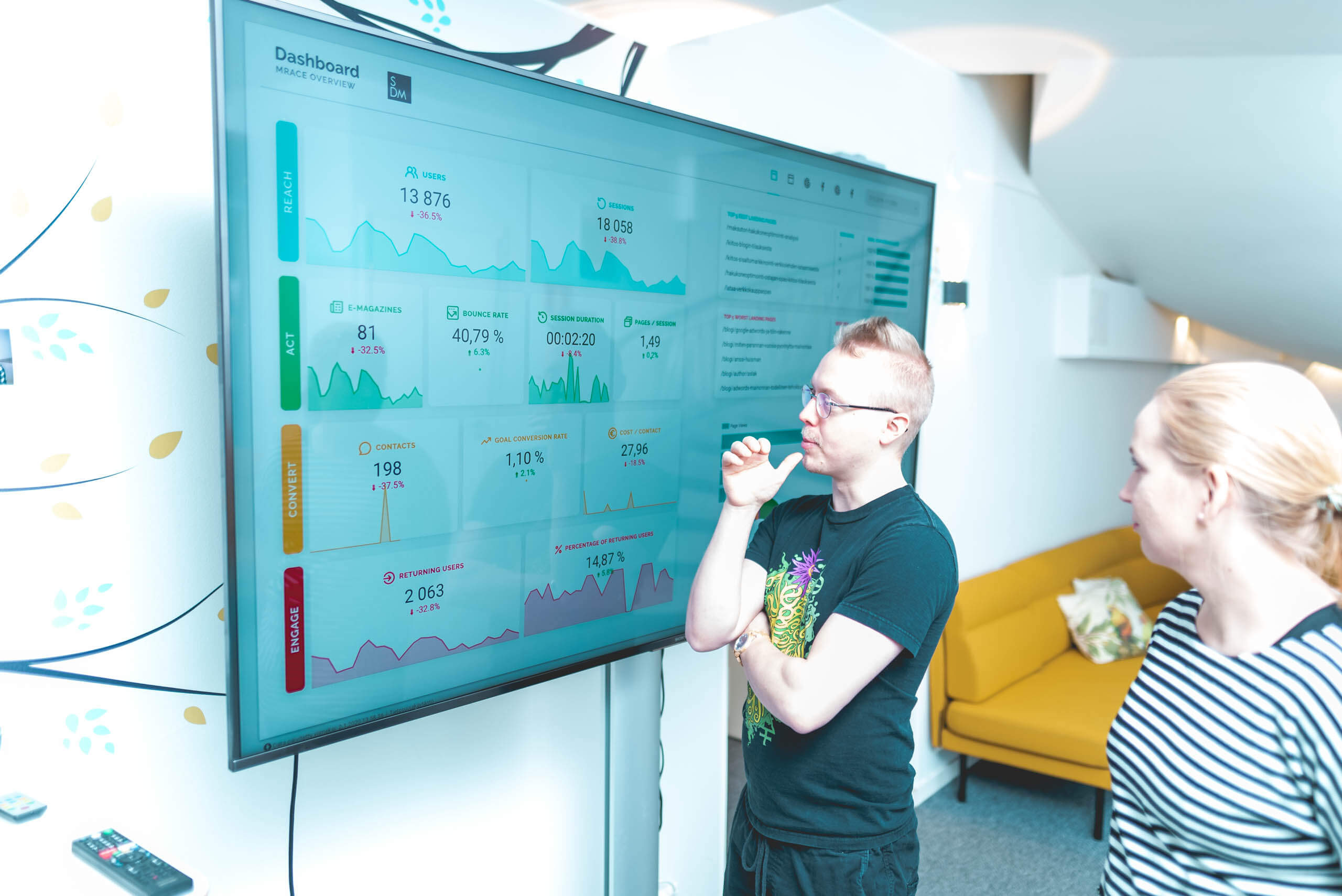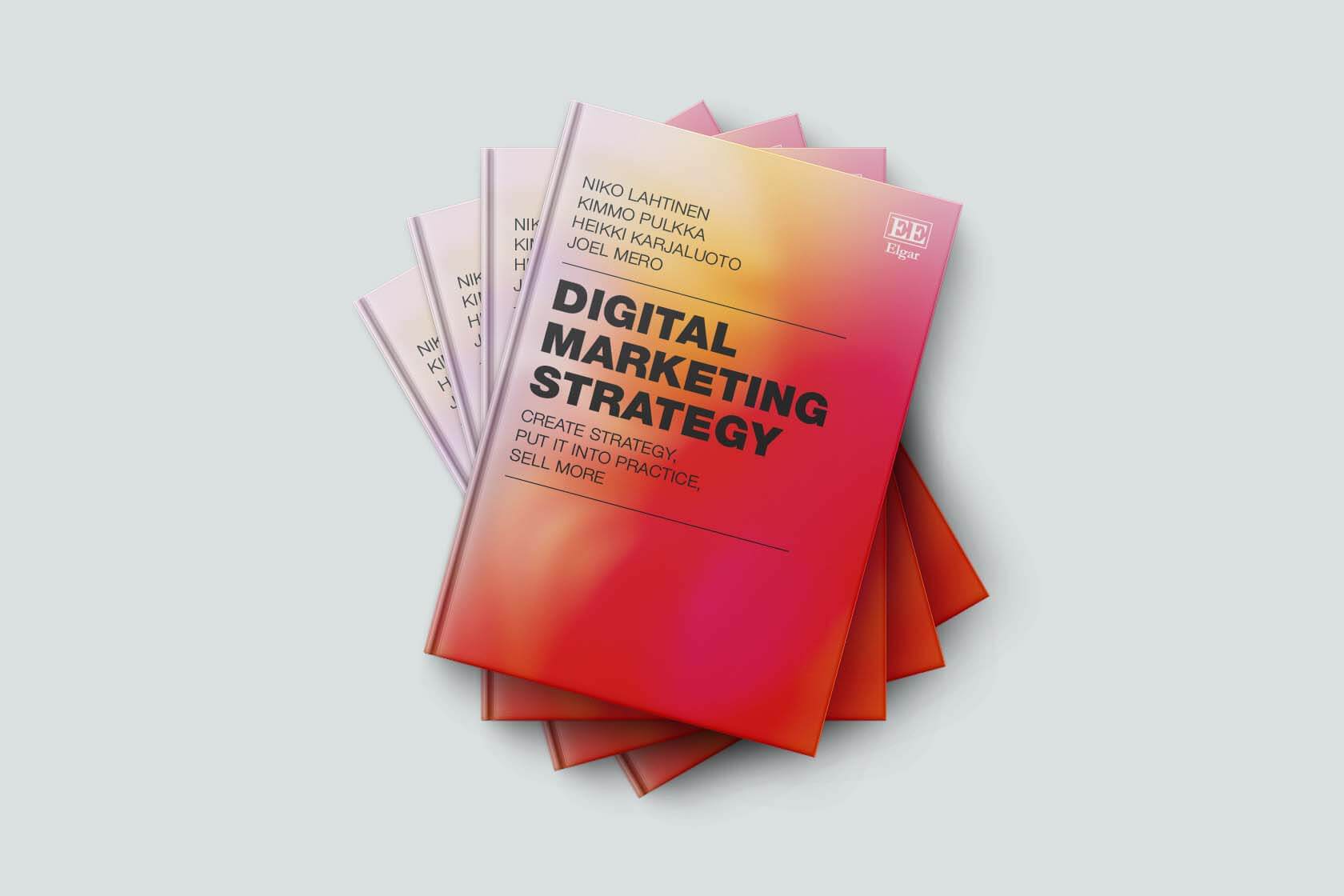Acquiring leads with content marketing is a tireless marketing goldmine that generates interest on interest. The first premise is to notice that your customers do not buy for the same reasons, and build different buying paths based on it.
All-in-one content marketing may look good for a while, but it mainly mills out one-time buyers looking for a cheap price. Because we want our customers to be committed to your brand’s references, building content in a buyer personality-oriented way must be at the core of your content marketing.
As we know, your committed customers are worth their weight in gold because they trust your services, recommend your products ahead, and help strengthen your brand for you.
We at SDM call the contents of the customer’s purchase path lead mills. With the content marketing lead mill package, you can acquire leads that stay on your journey even after purchase and multiply their value compared to one-time buyers.
Next, we will go through e.g.
- why long-term lead acquisition should not even be considered without making buyer personalities
- how we build content that the customer finds helpful, not intrusive
- how a lead mill makes your lead acquisition as automated as possible
- how content marketing investments grow at a tireless rate of interest
Content built with the help of buyer personalities makes marketing helpful
The underpinning of content production to the buyer person cannot be overemphasized. When a customer’s purchasing process is known through the buyer personality, content production and all other marketing can be built around them.
The importance of a buyer personality can be directly compared to face-to-face sales. here a seller can change their spike in a live meeting based on customer reactions, the individual content of your website is always the same. That is why it is a good idea to design content for each buyer person that speaks to them. The customer must identify their needs, desires, and wishes and feels spoken to. The content should be more interesting than anything else that happens around the buyer persona at that moment for the customer to read it.
The purpose of buyer personality-driven content production is not to change the customer’s purchasing process, but to influence it and steer it in the right direction. That is why it is important that the marketing of your product investigates the factor that drives each buyer person’s purchase decision the most, i.e. the driver, and builds content production through it. Marketing that is genuinely interesting to the customer is seen as helping, not imposing.
The example clarifies: when purchasing an air source heat pump, one buyer is looking for a way to cool their detached house, while another wants to save on their energy costs. The same product, an air source heat pump, brings a solution to both wishes, but the same content does not address both buyer personalities. The buyer personality is unlikely to initially recognize that the heat pump can solve the issue. That is why they search search engines for content like “how can I cool my home” or “how can I save on my energy costs.” When you produce content, for example, as blog posts to match both searches, both buyer personality can be included in the purchase process on your site.
With relevant content, buyer personalities can be transported to your site in a purchasing process where linked content naturally guides you forward. For example, blog posts about cooling the house can go step by step to showcase the benefits of an air source heat pump and a buyer’s guide.

A driver-based purchase path engages your customer and strengthens your brand
Once the buyer personality has been created, the actual construction of the purchase paths begins. Content marketing drivers refer to the most important customer desires, needs, and wishes that your product solves. The customer may not yet be familiar with your product during the information retrieval phase, but they may be aware of the problem for which they want a solution. The driver can be, for example, that the customer is looking for a holiday trip that is suitable for a family with children. For someone else, booking the same holiday trip can be based on a cultural trip, even if the destination is the same.
Driver-based content marketing is important because we do not want the buyers looking for the cheapest price, but committed customers who understand the value of your products. Therefore, the content must be tailored to different buyer personalities. The biggest mistake is to assume that your customers always buy for the same reasons.
The content should systematically emphasise the driver and the customer’s desire to solve a specific problem where your product can help. When this desire is strongly tied to your product and its unique value, the customer’s purchasing path goes down the right path.
Driver-based content marketing is also branding at its best. Your brand will be strengthened and developed in the eyes of your customers as you meet the expectations you have promised the customer through the content. If the content has emphasized the easy and cheap way to save on your home’s energy costs, and your product fulfils that promise, your customer will have a strong trust experience. In the end, nothing else convinces you as well that when you buy from you, the customer feels that they are getting exactly what has been promised.
When all the content on the website is built with an emphasis on the benefits and value that your product solves, the customer feels very strongly that they have been helped. As a result, your brand will continue to live its own life through customer recommendations: “Yes, this company really offers an easy way to save energy”.
The lead grid of content directs you to the desired conversions
A purchase path built through content may suddenly sound straightforward, but in practice the road passes through different conversion points before a committed customer can be made available to the data seeker.
The construction of purchase paths could be simplified as follows: the customer finds your website through a relevant search or through social media advertising, they end up with content about their own driver, and this starts channelling the visitor’s need for a desire to acquire your product or services.
The content guides the visitor towards the desired function, such as downloading a guide, a mapping visit or requesting a quote. The number, format (blogs, guides, info pages, etc.) and tips of relevant content are entirely determined by the desires of the buyer person, i.e. the drivers. And the path does not end with the purchase: the content that engages the customer teaches you how to use your solution better, giving them better results. Email marketing is one of the best ways to engage customers beyond a one-time purchase.
Lead mills work when they mill the store at a steady pace. Once a customer has ended up on the site with content that matches their search, the linked content guides the buyer persona on the purchase path without imposing. In practice, the path can run even if the buyer persona first reads the blog “how to save on the energy bill”, through which they click forward to read about the expectations of saving the air source heat pump, after which they will perhaps proceed to the comparison page, downloadable guide, and contact.
Therefore, in the procurement of leads the totality of the content must be built to be truly systematic so that the content is linked to each other and no content is a separate fill text.
Read also: Content marketing is the most important element of your entire marketing

Channels bring visitors, but your site is at the heart of lead generation
Paid search advertising, social media marketing, and testimonials are essential for your site to attract lead-eligible visitors. At the same time, it is extremely good to remember that in the end what you find on your site itself will turn visitors into leads, commerce, and engaged customers. Even a large amount of traffic won’t turn from magic to leads if your website isn’t user-friendly or the content doesn’t attract a buying person.
So, when you bet on the technicality and content of your site, you can expect changes in the amount and quality of your chalk as well. Developing your website acts as a filter between visitors and leads. he bigger the filter you want to filter leads with, the bigger the page needs to be developed.
It is good to remember that in practice, your website and email list are the only marketing channels you own, so the time and money spent on them comes directly to your home base. Therefore, the development of the content, technicality and e-mail list of your website can be compared to the measures you take to increase the value of your owner-occupied dwelling. With paid advertising, you get your message across to the right pair of eyes, and the point is that you are involved in price competition and the vortex of platform algorithm changes.
Investing in content marketing is highly scalable
One of the biggest advantages of content marketing in acquiring leads is to maintain the value of content that has been made once. The content, as it were, generates interest on interest: a one-off effort into one new content brings long-term benefits when the content is tailored from the perspective of buyer personality and SEO.
Once created, content stays on your pages, brings in new visitors through searches, and guides you forward on the purchase path. New content is not dependent on changes in the price of paid advertising, but scales on a one-time basis. Today’s blog post will still be relevant next year, when customers looking for solutions are looking for information and will end up on your page. Updating past content, for example through SEO measures, also supports the increase in revenue from past content. So, when you invest in a new blog post, downloadable content, or other content, its multiplier effects increase over time.
Every day, more than 4 million blog posts are published worldwide. There is no room for filler texts in the content marketing lead mill, but the process guides the customer along the purchase path through relevant and linked content.
In fact, you are currently reading one of the most successful examples of content marketing scaling. Through our blog, many of our buyer personalities have ended up contacting us and turn into a warm lead. If, for some reason, we decided to discontinue our paid advertising, our blog would still make sure that a stream of visitors would end up on our website through organic search, which would be equivalent to the wagering of hundreds of thousands of euros of paid advertising. When you invest in continuous content marketing, digital marketing cannot be “turned off” just like that.
Read also: What makes a good lead magnet?
Acquiring leads with content marketing has results, not outputs
In the end, the functionality of your entire marketing entity always returns to the quality of your content production. Does your content speak to the right buyers in a timely manner and guide you to the next step? Does the reader recognize from the flood of messages that he or she is being told?
We all know how to write, so the acquisition of leads with do-it-yourself content creation is very attractive. However, writing alone does not produce measurable results if the content is not tailored to the buyer persona. Even if the text was written by Finland’s best author, but if it does not grab the attention of a real buyer persona from a flood of messages, it does not fulfil its mission. Therefore, the content should always be built in a buyer personality-oriented way: if the title does not address us, we will not read the next sentence either.
We live in a world where more than 4 million blog posts are published every day – so your buyer persona does not need to read something as a waste of time, but rather content that helps them. And the solution to this is careful background work, familiarisation with the buyer personalities, and building linked content entities.
If you see content creation as outputs, we mainly reach one-time buyers who follow the cheapest price. While the lead mill is built on results, it works continuously and scales heavily with content development.
Summary – Lead Acquisition through Content Marketing
Acquiring leads through content marketing is long-term work that requires careful background work and continuous content creation, but a properly built lead mill will stack evenly.
- Content aimed at the buyer personality supports different buying paths
- Buyers buy for different reasons (even if the product is the same), and therefore, the content should be built for different buyers
- Linked content transports the customer forward on the purchase path
- When a customer recognizes that they are being addressed in content, they find marketing helpful, not intrusive
- Your brand will be strengthened when the customer notices that you are delivering the value that you have promised
- Helpful content engages your customers and gets you to recommend your business, which also strengthens your brand











